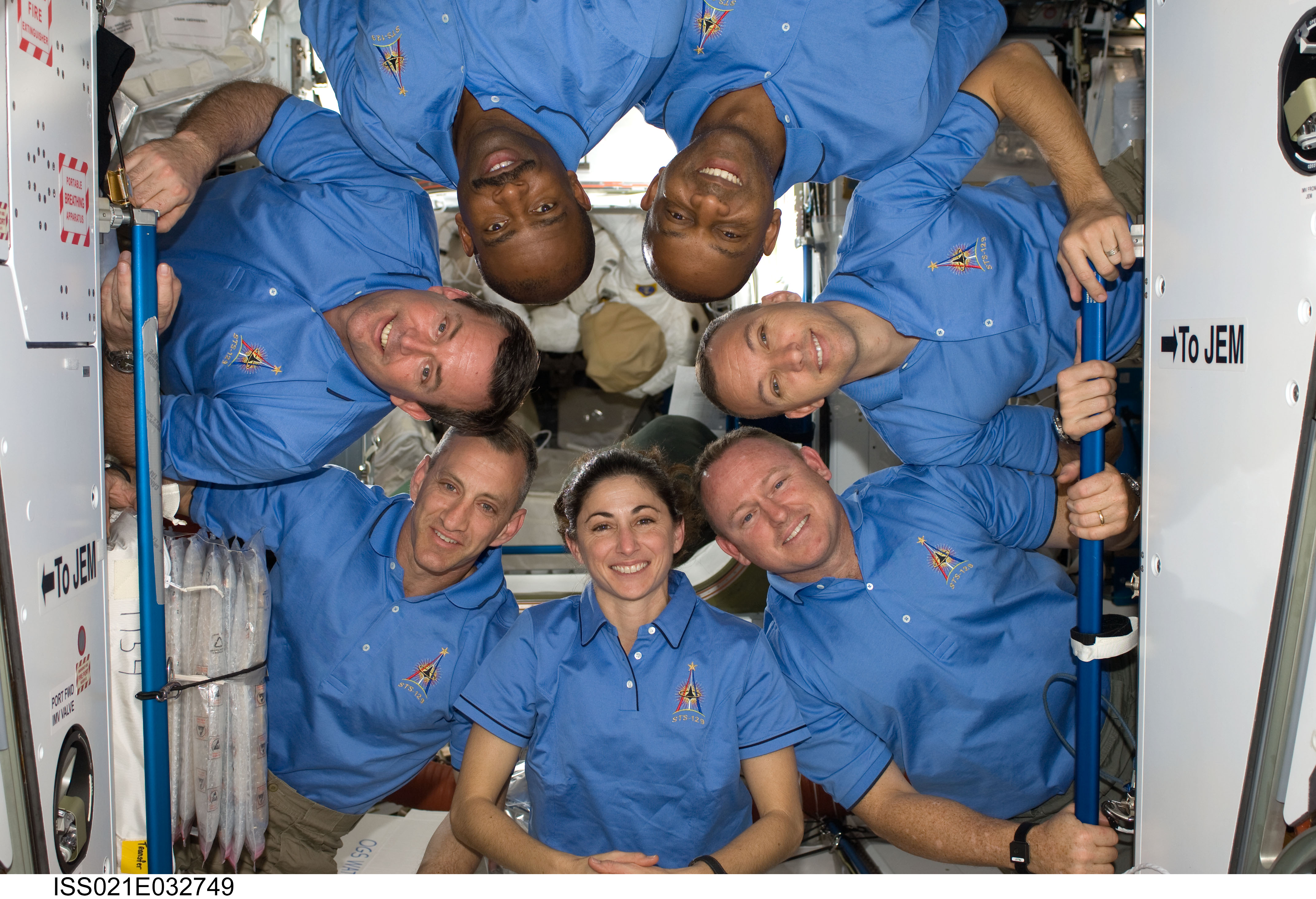STS-7
STS-7 carried Sally Ride, the first American woman to fly in space.
Orbiter
mission duration
Launch
Landing

Mission Facts
Mission: Communications Satellite Launch/First U.S. Woman in Space
Space Shuttle: Challenger
Launch Pad: 39A
Launch Weight: 249,178 pounds
Launched: June 18, 1983 at 7:33:00 a.m. EDT
Landing Site: Edwards Air Force Base, Calif.
Landing: June 24, 1983 at 6:56:59 a.m. PDT
Runway: 15
Rollout Distance: 10,450 feet
Rollout Time: 75 seconds
Revolution: 98
Mission Duration: 6 days, 2 hours, 23 minutes and 59 seconds
Returned to KSC: June 29, 1983
Orbit Altitude: 160-170 nautical miles
Orbit Inclination: 28.5 degrees
Miles Traveled: 2.5 million
Crew
Robert L. Crippen, Commander
Frederick H. Hauck, Pilot
Sally K. Ride, Mission Specialist
John M. Fabian, Mission Specialist
Norman E. Thagard, Mission Specialist
Mission Highlights
Sally Ride became the first American woman to fly in space. Two communications satellites were deployed, ANIK C-2 for TELESAT Canada and PALAPA-B1 for Indonesia, both were attached to the Payload Assist Module-D (PAM-D) motors. Seven Get Away Special canisters in the cargo bay held a variety of experiments, including one studying affects of space on social behavior of an ant colony in zero gravity. Ten experiments were mounted on the Shuttle Pallet Satellite (SPAS-01) and performed research in forming metal alloys in microgravity and the use of a remote sensing scanner. The orbiter’s small control rockets were fired while SPAS-01 was held by the remote manipulator system to test the movement on an extended arm. Experiment 1: To investigate space sickness was carried out. Other payloads on this mission were: Office of Space and Terrestrial Applications-2 (OSTA-2); Continuous Flow Electrophoresis System (CFES); Monodisperse Latex Reactor (MLR) and one Shuttle Student Involvement (SSIP) experiment.
STS-7
Shuttle News
Retired Space Shuttle Locations
Shuttle Atlantis – Kennedy Space Center Visitor Complex Shuttle Discovery – Steven F. Udvar-Hazy Center Shuttle Endeavour – California Science…
Read the Story




































